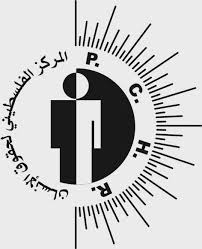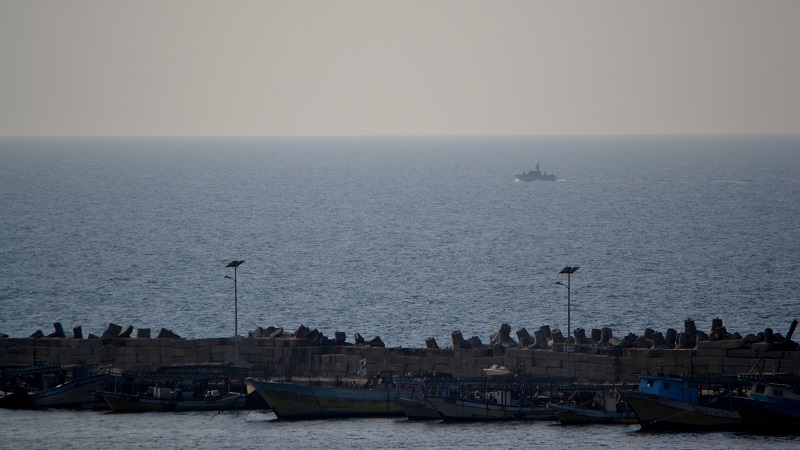Tag: Fishermen
-
Fishing in Gaza
3rd September | Charlie Andreasson | Gaza, Occupied Palestine We sailed out from Gaza City’s harbor just before dusk with the 13-man crew, including two boys, and we had a theoretical possibility to reach six nautical miles for fishing. But that the limit determined by the occupying power would have been moved from three to six…
-
Israeli attacks on fishermen in the Gaza sea
15th May 2014 | Palestinian Center for Human Rights | Gaza, Occupied Palestine Israeli Naval forces continued to carry out attacks on Palestinian fishermen in the Gaza Strip during the reporting period[1] (1-30 April 2014), including 11 shooting incidents; 3 chasing incident that led to the arrest of 2 fishermen, and confiscation of 2 fishing boats and fishing equipment…
-
What will Gaza’s Ark face from the Israeli navy as it challenges the blockade?
17th April 2014 | International Solidarity Movement, Charlie Andreasson | Gaza, Occupied Palestine The heavy bang is heard clearly, and I have to resist the impulse to climb over the breakwater to try to get a view of the attack in the haze. And a new round of bangs is heard. It can’t be far off…



